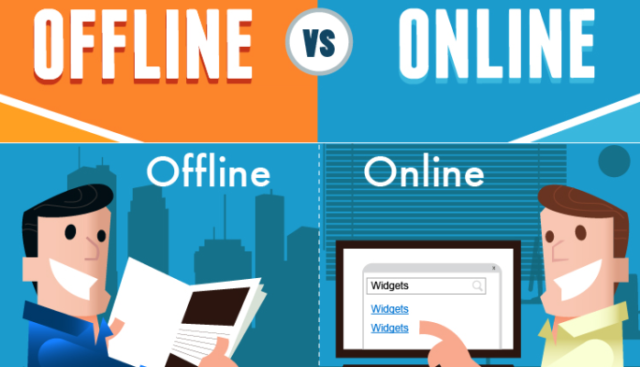Anik Singal and Micro-moment Marketing

It’s no news that consumers prefer digital media over traditional media in exploring and making decisions every day. For this reason, marketers devote billions of dollars to make sure their ad messages get to their target customers. Among the different types of digital media, mobile has continued to lead in a race for the consumers’ soul. What makes mobile so attractive is its relationship with the Internet. So once again, the leadership role of mobile in digital consumer marketing is in the news.

It was in 2013 when an Internet Trends Report revealed that Internet users interacted with their phones about 150 times daily. This interaction involves messaging, gaming, searching, music, and everything else a phone is capable of providing. The most common form of interaction was messaging, which consists of SMS and email. Interestingly, the report uncovers the business model of marketing and advertising guru Anik Singal. For Anik, “Email is a choice marketing method for entrepreneurs with little start up capital. It allows you to target individual customers and track their purchases at low cost and on a global scale.”
There is reason to suggest that marking via email has the potential to return profit to marketers when you carefully consider the micro-marketing moments of the Google content marketing team.

Explaining Micro-moment Marketing
The marketing paradigm of micro-moments is simple. The Google content marketing team defines it as “critical touch points within today’s consumer journey, when added together, they ultimately determine how that journey ends.” The team identified four critical moments in the journey of consumers in making sense of a myriad of information on digital media.
The preferred device choice for looking at digital messages is the smartphone. Every minute consumers are turning to their smartphones to make searches and buying decisions. Google advises that marketers ought to be there at every stage of the consumer journey if they want to succeed. The moments are shown in percentage, representing consumers who are caught in each step of the journey. Here is a list of the micro-moments.
- I-Want-to-Know Moments (66%)
- I-Want-to-Go Moments
- I-Want-to-Do Moments (70%)
- I-Want-to-Buy Moments (82%)

For example, imagine you see an ad on TV about where to buy a DIY shoe rack, but because the ad is fleeting, you turn to your smartphone to get better information. (This is the I-Want-to-Know Moment) During your search, you discover there are many stores offering this item for sale, but you are wondering if a local store sells it. So, you search for a local business nearby. (This is the I-Want-to-Go Moment) Considering that the item needs to be assembled, you once again turn to your smartphone for a video of how to do (This is the I-Want-to-Do-Moment). Eventually, you are at the local store and you need help making a final decision, and again you resort to your smartphone (This is the I-Want-to-Buy Moment).
To read the micro-moments marketing report, click “Micro-Moments: Your Guide to Winning the Shift to Mobile”.
Seizing the Micro-moments Opportunity
Marketers could make gains by looking at the best ways to win in the battleground of micro-moments marketing. Four strategies have been summed up by the Google team; we will see how they apply to email.
- Be there. The team advises marketers to anticipate the next thing consumers will be searching for and make sure they are there to help. For instance, if a consumer had just seen an ad about property insurance and stumbled on your site for better knowledge, how would your email marketing integrate with the overall experience the consumer would have? Being there means you should have valuable information about property insurance on your site. Then the next question is what incentives would you use to acquire the consumer’s email address? And once you have gained the consumer’s email address, how would you anticipate what he might need next? Consider pitching. Pitching has to do with sending relevant offers to the customer when you have considered his buying behavior. Pitching could be done right by studying the next phase of property insurance and sending an email message to the customer before your competitor does.
- Be useful. Being relevant means you have to know you audience just as they know the product you are offering. And for email, instead of sending general newsletters or marketing messages to all the customers in your list, you could consider segmentation. Segmentation has to do with sending targeted messages to classified audiences. To segment, you could use Google Analytics to identify open rate, click through rate (CTR), and unsubscribes of previous ad messages you had sent. When you have sorted these, you will pay more attention to sending what is relevant to each segment.
- Be quick. This means you should not have an email message that rambles before exposing its true intent. Be concise and have a call to action that demands immediacy. The reason behind this is that consumers using mobile devices make lightning decisions and would rather not waste time reading through an email that is wordy when there are other competing Internet uses like gaming and social media.
Bottom line: Start ups businesses could benefit from the potential of messaging to reach target consumers individually and globally. In addition, understanding the fleeting moments of consumer behavior should help businesses create an email marketing campaign with micro-moments in mind; to capture the sale at just the right time.



Comments are closed.